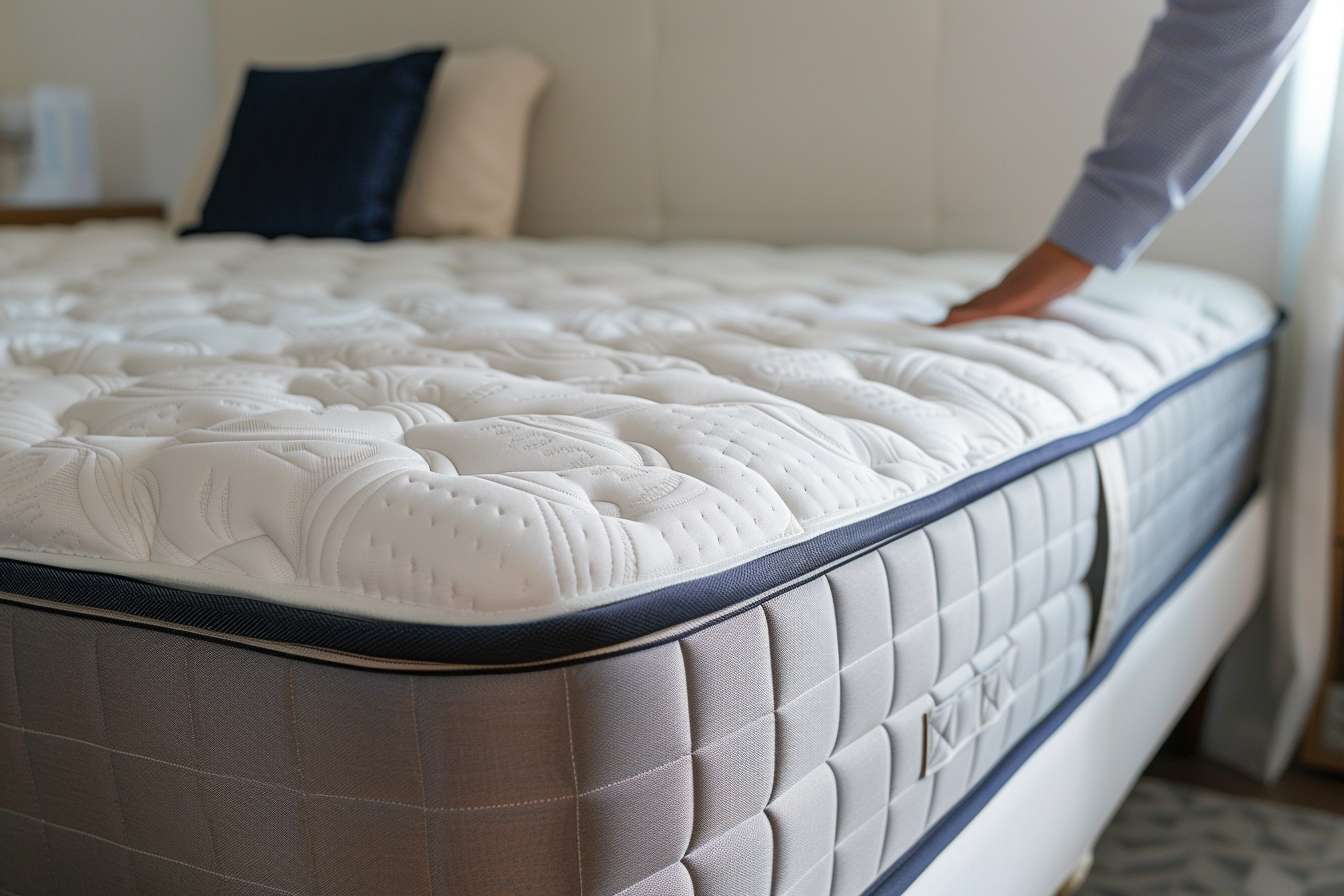Know About Warm Comforters for Winter
Winter nights demand the right bedding to ensure comfortable, restful sleep throughout the cold months. Choosing the appropriate comforter involves understanding different materials, fill types, and construction methods that provide optimal warmth retention. Modern comforters offer various options from natural down to synthetic alternatives, each with distinct advantages for different preferences and budgets. Understanding these differences helps consumers make informed decisions when purchasing winter bedding that will deliver consistent warmth and comfort during the coldest seasons.

Selecting the right comforter for winter requires careful consideration of materials, construction, and personal comfort preferences. The market offers numerous options, from traditional down-filled comforters to innovative synthetic alternatives designed to provide maximum warmth while maintaining breathability. Understanding the key characteristics of different comforter types enables consumers to choose bedding that will keep them comfortable throughout the winter months.
What Makes a Comforter Warm for Winter
Warm comforters for winter rely on insulation properties that trap body heat while allowing moisture to escape. Fill power, measured in cubic inches per ounce, indicates how much space one ounce of down occupies and directly correlates to insulation capacity. Higher fill power numbers, typically ranging from 600 to 800 for quality comforters, indicate superior loft and warmth retention. The outer shell fabric also plays a crucial role, with thread counts between 200 and 400 providing the ideal balance of durability and breathability.
Types of Warm Comforter Materials
Down comforters remain the gold standard for winter warmth, utilizing the soft under-feathers of ducks or geese to create exceptional insulation. Goose down typically offers superior loft and longevity compared to duck down, though both provide excellent warmth-to-weight ratios. Synthetic alternatives, including polyester fiberfill and microfiber, offer hypoallergenic properties and easier maintenance while providing substantial warmth. Wool-filled comforters naturally regulate temperature and wick moisture, making them suitable for sleepers who experience temperature fluctuations during the night.
Choosing the Right Size and Weight
Proper sizing ensures optimal warmth distribution and prevents cold spots that can disrupt sleep comfort. Comforters should extend beyond mattress edges by at least six inches on all sides to prevent drafts. Weight considerations vary by personal preference, with lightweight options suitable for those who prefer minimal bulk while still maintaining warmth. Medium-weight comforters provide balanced warmth and comfort for most sleepers, while heavyweight options offer maximum insulation for extremely cold environments or individuals who consistently feel cold.
Care and Maintenance for Winter Comforters
Proper maintenance extends comforter lifespan and preserves insulation properties throughout multiple winter seasons. Down comforters require professional cleaning or careful home washing with specialized detergents to maintain loft and prevent clumping. Synthetic comforters typically withstand regular machine washing, though gentle cycles and low-heat drying preserve fill integrity. Regular fluffing and proper storage in breathable containers during off-seasons prevent compression and maintain optimal loft for consistent warmth performance.
Warm Comforter Price Ranges and Options
Winter comforter prices vary significantly based on materials, construction quality, and brand reputation. Understanding typical price ranges helps consumers set realistic expectations and identify value options within their budgets.
| Comforter Type | Price Range | Key Features | Warmth Level |
|---|---|---|---|
| Synthetic Fill | $50-$150 | Hypoallergenic, machine washable | Medium to High |
| Duck Down | $150-$400 | Natural insulation, lightweight | High |
| Goose Down | $300-$800 | Superior loft, premium warmth | Very High |
| Wool Fill | $200-$500 | Temperature regulating, moisture-wicking | Medium to High |
| Luxury Down | $500-$1,200 | Highest fill power, premium materials | Maximum |
Prices, rates, or cost estimates mentioned in this article are based on the latest available information but may change over time. Independent research is advised before making financial decisions.
Conclusion
Selecting an appropriate warm comforter for winter involves balancing personal comfort preferences, budget considerations, and specific warmth requirements. Whether choosing natural down for maximum insulation or synthetic alternatives for easy maintenance, understanding the key characteristics of different comforter types ensures optimal comfort during cold winter nights. Proper sizing, quality construction, and appropriate care maintain comforter performance season after season, making the investment in quality winter bedding worthwhile for consistent, comfortable sleep.




